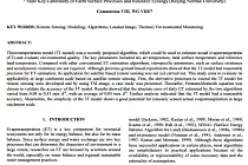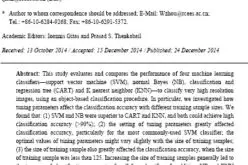Can Night-time Light Images Play a Role in Evaluating the Syrian Crisis?
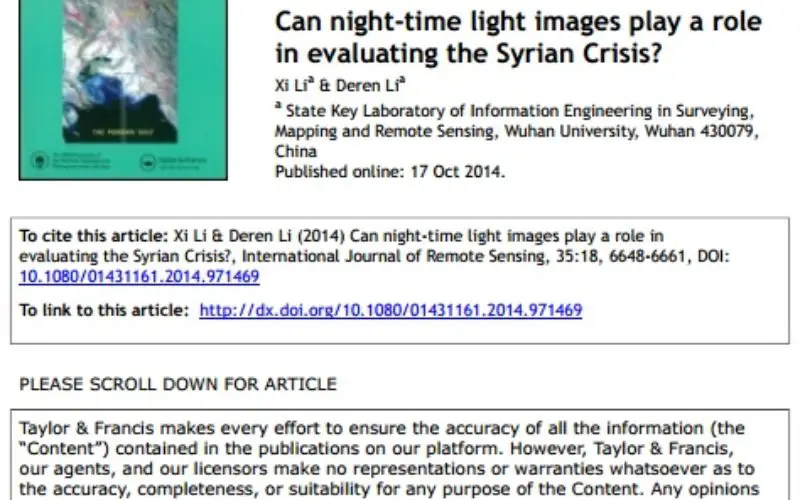
Can night-time light images play a role in evaluating the Syrian Crisis?
Xi Lia & Deren Lia a;
State Key Laboratory of Information Engineering in Surveying,Mapping and Remote Sensing, Wuhan University, Wuhan 430079,China
Abstract:
This study investigates whether night-time light images acquired from the Defense Meteorological Satellite Program’s Operational Linescan System provide spatial and temporal insight with regard to the humanitarian aspects of the Syrian crisis. Evaluating the ongoing crisis in Syria is challenging since reliable witness reports are hard to gather in a war zone. Therefore satellite images, as one of the few sources of objective information, are potentially of great importance. We used 38 monthly Defense Meteorological Satellite Program’s Operational Linescan System composites covering the period between January 2008 and February 2014. The results indicate that night-time light and lit area in Syria declined by about 74% and 73%, respectively, between March 2011 and February 2014. In 12 of 14 provinces, night-time light declined by >60%. Damascus and Quneitra are the exceptions, with night-time light having declined only by about 35%. Notably, the number of internally displaced persons (IDPs) of each province shows a linear correlation with night-time light loss, with an R2 value of 0.52. Through clustering the time series images, we found that the international border of Syria represents a distinct boundary between regions of differing night-time light spatiotemporal patterns. The contrast across the border increases as the region studied encompasses a wider zone on either side of the border. These findings lend support to the hypothesis that night-time light can be a useful source for monitoring humanitarian crises such as that unfolding in Syria.
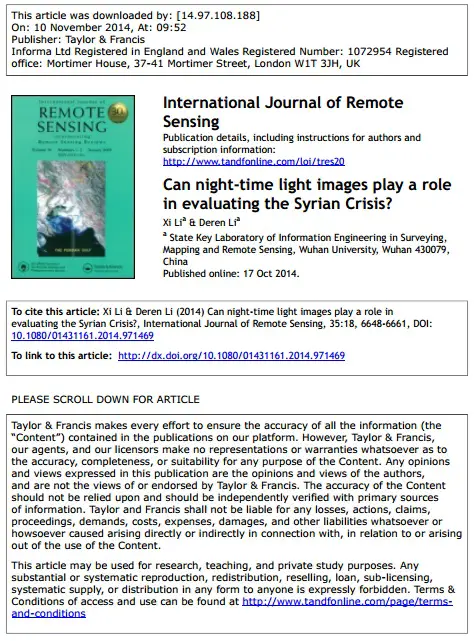
Download Full Paper
About Author
Related Articles

Supervised Classification of Agricultural Land Cover Using a Modified k-NN Technique (MNN) and Landsat Remote Sensing Imagery
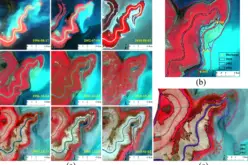
Monitoring Spatial and Temporal Dynamics of Flood Regimes and Their Relation to Wetland Landscape Patterns in Dongting Lake from MODIS Time-Series Imagery
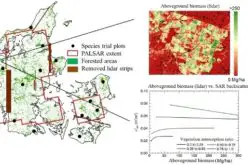
L-Band SAR Backscatter Related to Forest Cover, Height and Aboveground Biomass at Multiple Spatial Scales across Denmark



